Charlotte Perriand, "Studio Bar" (1930);
Fernand Léger, "Composition à la main et aux chapeaux" (1927)
Fernand Léger, "Composition à la main et aux chapeaux" (1927)
Well, it was another lovely day here in Paris! As promised, we started the morning with some leisurely tea shopping in the trendy Marais district. Those who worried David would not be able to catch up with my book-buying binge yesterday at Gallimard will be pleased to know that he managed quite nicely, think you very much. First on the agenda was Dammann Frères, a dark, beautifully outfitted shop in the Place des Vosges, where a sleek hipster helped David purchase a beautifully wrapped Darjeeling sampler (my understanding is that it features Darjeelings from three different altitudes), and a beautiful folding box featuring 50 grams of Liu An Guapian and 50 grams of Yunnan Céleste. I am no tea expert, but he seemed quite pleased. As you can tell, the packaging and the entire store were extremely appealing.
After Dammann, we headed to the original location of Mariage Frères, another hard hitter in the French tea scene, which features a dining room in back of the shop. The décor was colonial and beautifully executed, with airy yellow walls, white tablecloths, and waiters in white (or black) suits. The prices were far from low, but it was totally worth the splurge, both for the ambiance and for the delicious food. Their "lunch complet" includes a main dish with a tea pairing, plus dessert; I got a salade niçoise with a Darjeeling, and David got an asian soup with shrimp and vegetables, paired with a Dragonwell. My vegetarian self was slightly nervous when I saw the mini-steaks of seared, semi-raw tuna on top of the salad, but I needn't have worried: the fish was scrumptious, as were the tiny haricots verts, miniature radishes, tea-infused dressing, and hard-boiled quail (or duck?) eggs. The earthiness of the Darjeeling was exactly right with the saltiness of the dressing and the olives. Brilliant.
Dessert was a blackberry tart with some kind of black tea-infused pastry cream for me, and a lemon/green tea tart for David, followed by more tea shopping. Seriously extensive tea was bought. I'm sure David will blog about it at some point, but when it was over he had comfortably surpassed my book spending. In a haze of food and tea, we took a brisk walk to the Centre Georges Pompidou, national modern art museum.
Hans Wegner, "Dolphin Chair" (1950) & "Folding Chair" (1949)
Which, first of all, is far more than a museum. I'd had it explained to me in French courses, but I think you have to go there to understand how much the "cultural center" part of the name is more than window dressing. The building is five stories high with two more under ground level, and only the fourth and fifth are dedicated to the "museum." Everything else is a center for the making of and interacting with art, geared specifically toward young people (any EU citizen under 26 gets in free). In the first below-street-level floor, for example, stands a giant photo booth where people queue to enter and have their photo taken, after which a giant paper print of the shot is expelled from a slot two stories above and falls to the ground to be collected. There is a childrens' gallery, several bookstores, an internet and socialization area lit with red lights and plastered with art posters, and so on. It's pretty great! After exploring the lower floors a bit we headed up to the fifth, which is where the permanent collection lives.
Raoul Hausmann, "Mechanical Head" (1919)
And what a collection it is! I have a deep love of modern art museums, and one of my favorite things about them is the way in which the careful, seemingly minimalist curation allows the works to be viewed in interaction with each other. Modern art museums that kindly allow photography, like the Pompidou, are particularly satisfying because it's fun to capture those interactions, which monographs and other art books tend not to do. Here, for example, is an excellent juxtaposition of three pieces, with the transparent glass of the Vasarely piece allowing the viewer to see through to the Morellet (the paintings) while also reflecting the Kowalski (the cubes of neon light). When viewed together like this, the Morellet and Kowalski also echo each others' repetitions of square shapes.
Victor Vasarely, "Bi-forme" (1962); Piotr Kowalski, "Identité" (1973);
François Morellet, "6 répartitions aléatoires de 4 carrés noirs et blancs
d'après les chiffres pairs et impairs du nombre Pi" (1958)
François Morellet, "6 répartitions aléatoires de 4 carrés noirs et blancs
d'après les chiffres pairs et impairs du nombre Pi" (1958)
Similarly, I loved the juxtaposition of this statue by Henri Laurens with the painting by Matisse: the positions of the womens' arms mirror each other, and at a certain angle their heads overlap.
Henri Laurens, "Cariatide assise" (1929);
Henri Matisse, "Lorette à la tasse de café" (1917)
Henri Matisse, "Lorette à la tasse de café" (1917)
Laurens is someone I wasn't familiar with before visiting the Pompidou, but they feature quite a bit of his work and I loved most of it that I saw. I was especially fond of his angular, cubist-looking sculpture—both because I like the seemingly contradictory notion of cubist sculpture (isn't cubism all about compressing three dimensions into two?), and because his angles and use of found objects reminds me of the later work of Robert Rauschenberg, whose work I adore.
Two sculptures by Henri Laurens (I forgot to note names!)
Speaking of Rauschenberg, there was a very cool installation of his as well. This photo does not do it any kind of justice, but it's constructed entirely of found junk, and its various parts house an elaborate radio system that receives and broadcasts whatever local frequencies are available. Certain parts of it also do other things, like spilling water into a basin. Apparently, the piece was originally much more interactive, with visitors allowed to walk amongst its different segments, touching and exploring.
Robert Rauschenberg, "Oracle" (1962-5); Richard Stankiewicz, "Panel" (1955)
Along the same lines were some amazing assemblages by Jean Tinguely, including the one below. I've seen some of Tinguely's stuff before, but this rag-tag piece of mechanical art tipped the balance for me from "intrigued" to "in love." Like a lot of his work, this piece has a kinetic element: the metal piece to the right acts as a big scoop and turns the wheel to the left. It wasn't running while we were there, but a video conveniently demonstrated for us how it looks in motion, and it's impressive enough at rest.
Jean Tinguely, "La Porte" (1960)
The Pompidou has a few pieces by Charlotte Perriand, and now that I have seen more of her work I am regretting that we didn't get a chance to see her current show at the Petit Palais when were there on Monday. The photo that opens this blog post is another interaction shot involving this beautiful early-midcentury desk/bar, whose mirrored panels and red and blue color scheme combines with the other elements in the room for some great chemistry. Plus, the thing is lovely all by itself. I'm now eager to explore Perriand's work, especially since she is one of the few female artists, and even fewer female furniture designers, on display in the Pompidou.
Charlotte Perriand, "Studio-Bar" (1930)
I remember a time when I would feel disappointed and bored whenever my family or school group arrived at the furniture section of an art museum. I'm not sure when the change occurred, or whether it crept up on me gradually, but the rooms of furniture design are now reliably among my favorites. In addition to the famous Aalto lounge and the Wegner pieces pictured above, probably the most knee-weakening object on display was this amazing desk by Carlo Mollino. LOOK at the beautiful organic lines and the cleanliness of it, the way the drawers are suspended out to the side with seemingly no effort. That is a gorgeous piece of furniture.
Carlo Mollino, "Desk" (1950)
This is getting crazy long (again), so here's just one more highlight: a painting I've long admired, which it was a thrill to get to see in person. You realize as soon as you look at Otto Dix's portrait of Sylvia von Harden, the extent to which pretty much every single other female portrait you've looked at that day has sexualized its subject. In a way Dix desexualizes von Harden with a bag of typically ambivalent tricks: her hands are huge; her face is gray and cadaverous; her knees are somehow both fleshy and knobbly; her dress is boldly patterned and clashes with the color of the background wall. She appears hard and to some degree unpleasant, yet looking at the painting, I really want to know her. She has such opinions! Look at that mouth. She is a force to be reckoned with. How often do you see a portrait of a woman holding forth about something? There are elements of caricature about her; Dix was perhaps somewhat disapproving of how little of the "feminine" he saw in von Harding. But beneath that recoil I see respect and even (if I look closely) affection on the part of the painter. According to von Harden, Dix said he wanted to make a portrait "concerned not with the outward beauty of a woman but rather with her psychological condition," and I think he succeeded brilliantly. As much as I like depictions of physical female beauty, every time I see this picture I realize how much we miss when depictions of women are limited to that alone.
Otto Dix, "Bildnis der Journalistin Sylvia von Harden" (1926)
And so our day of modern art came to a reluctant end, with a stop off at the multiple Pompidou bookshops, where I picked up monographs on Alexander Calder (the Paris years) and my new buddy Charlotte Perriand (this is actually the publication that accompanies the exhibit at the Petit Palais, so even if I just caught a glimpse of the real thing, I can still enjoy it retrospectively). Tomorrow we're planning to tackle the third part of our museum triumvirate, with a special themed trip to the Louvre.
*******
Cross-posted to Family Trunk Project.
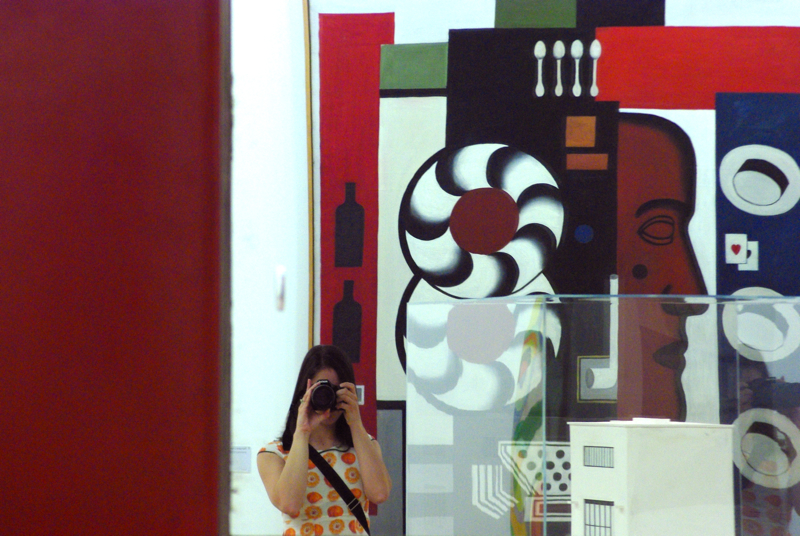
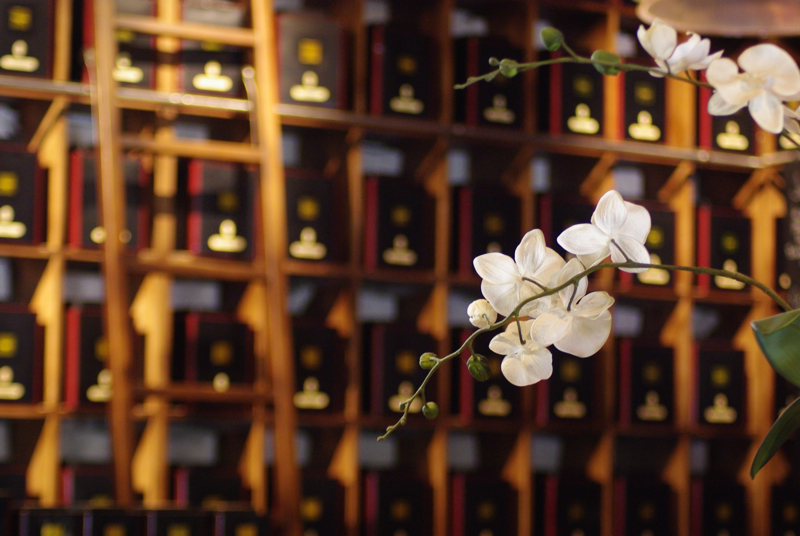
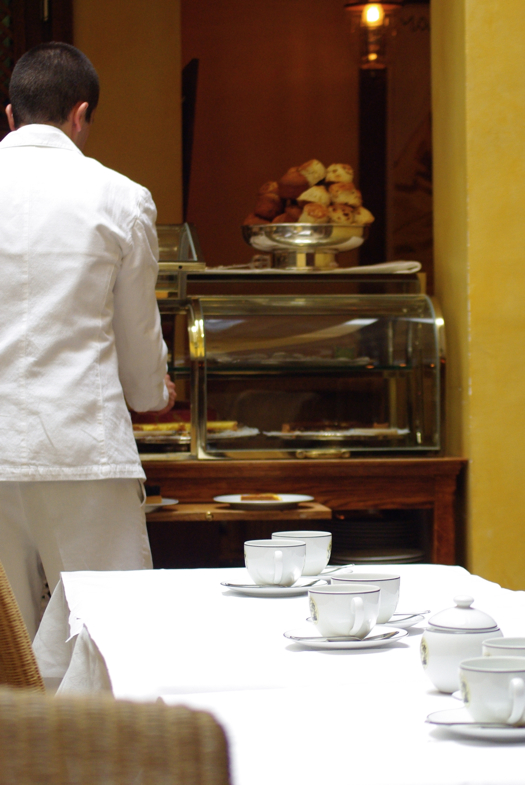
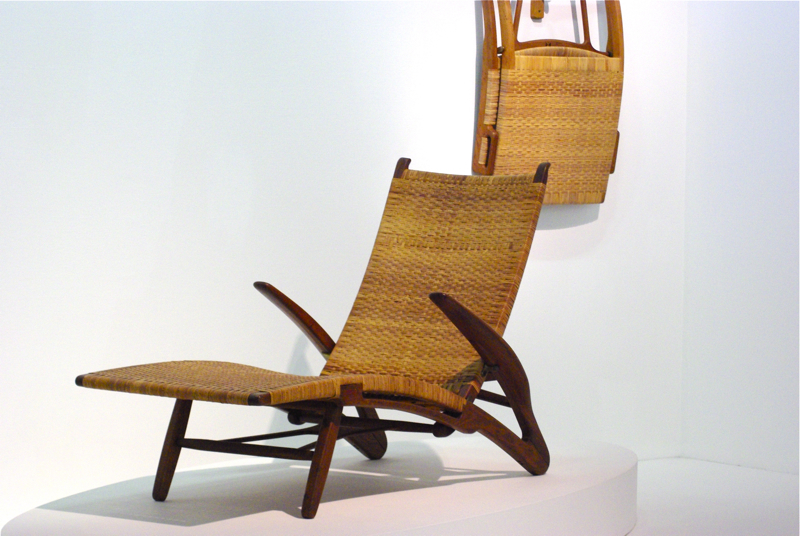
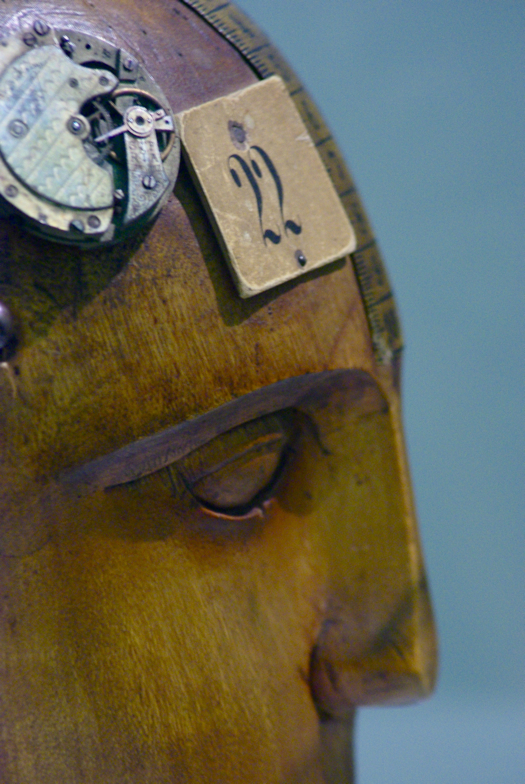
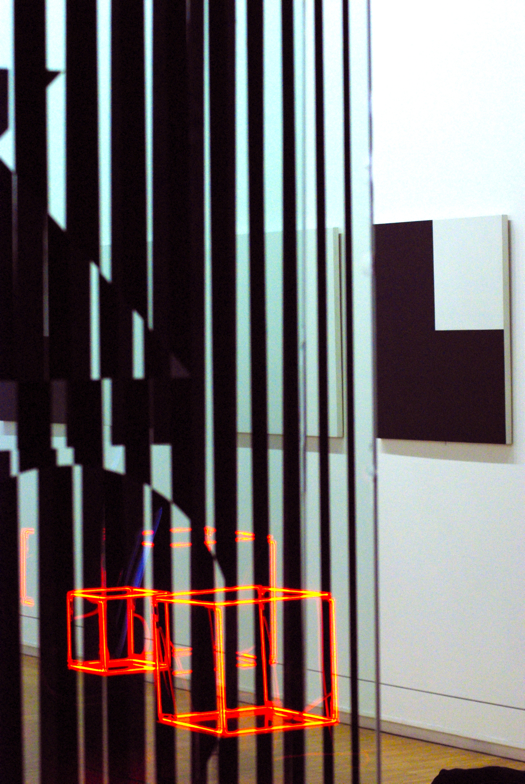
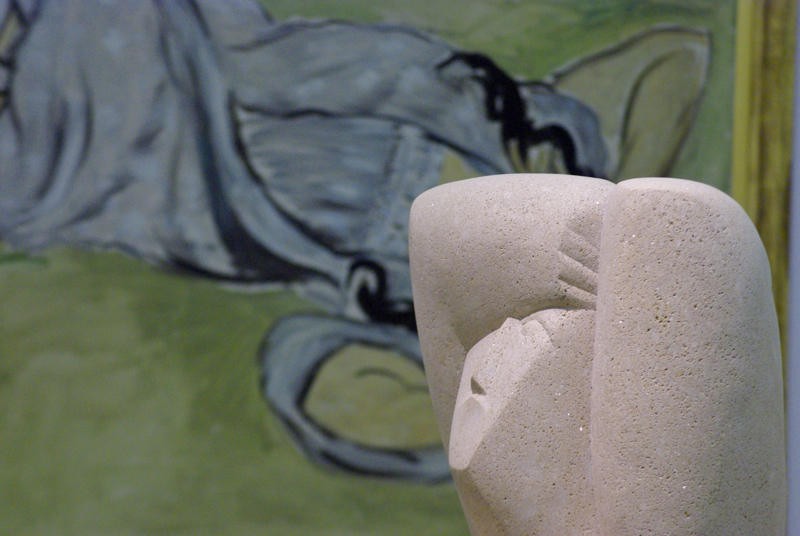
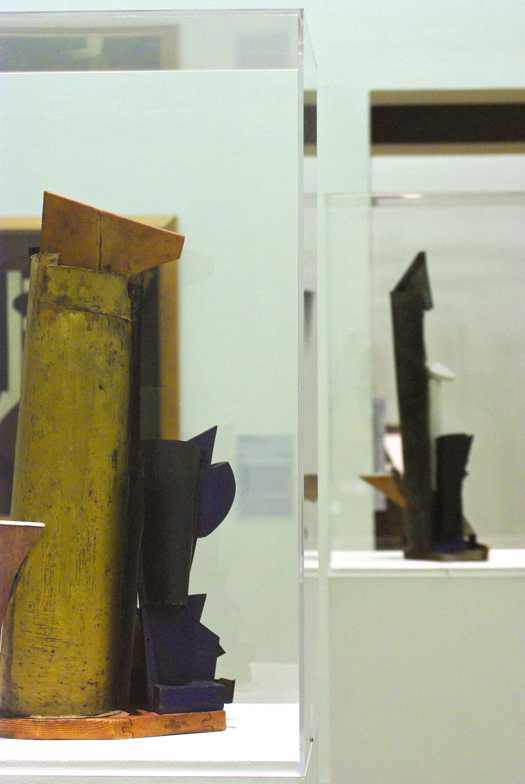
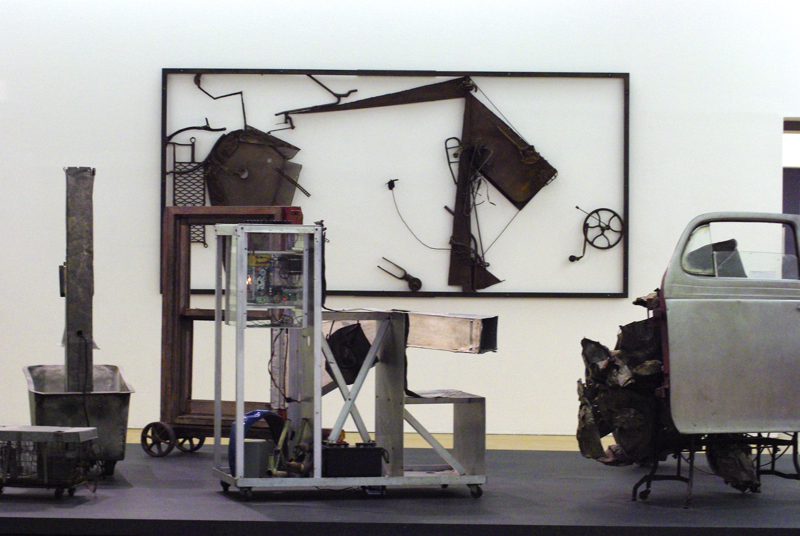
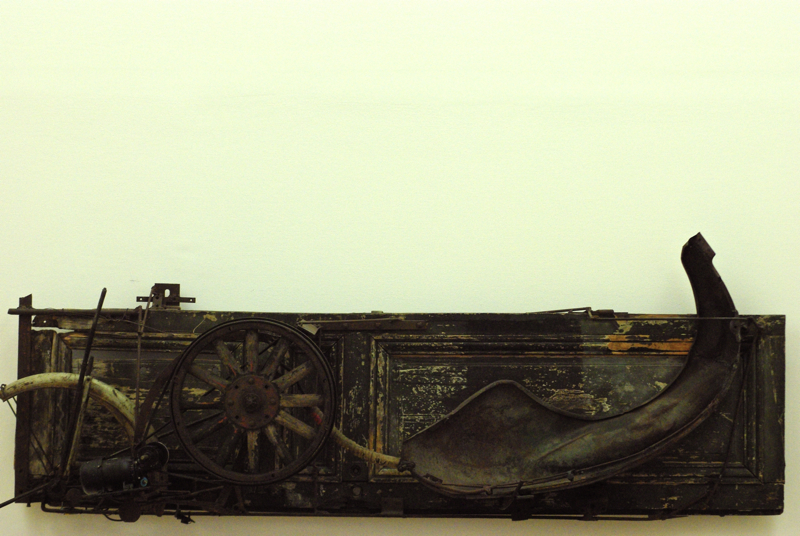
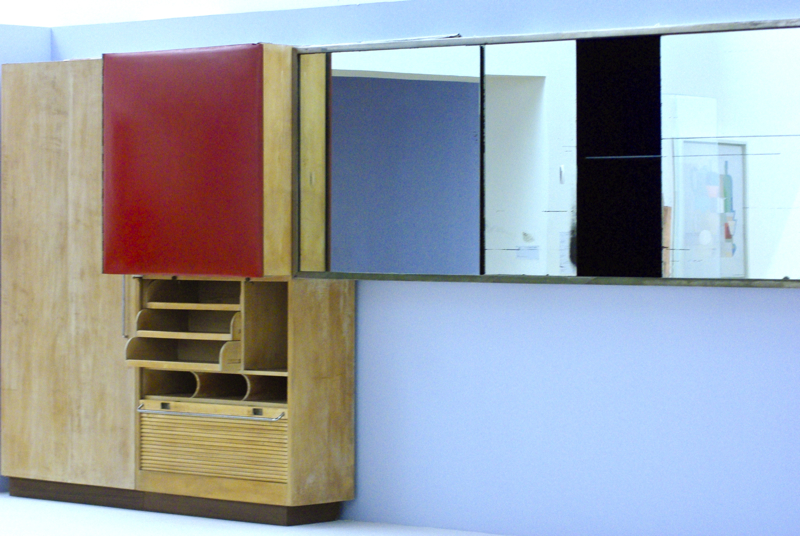
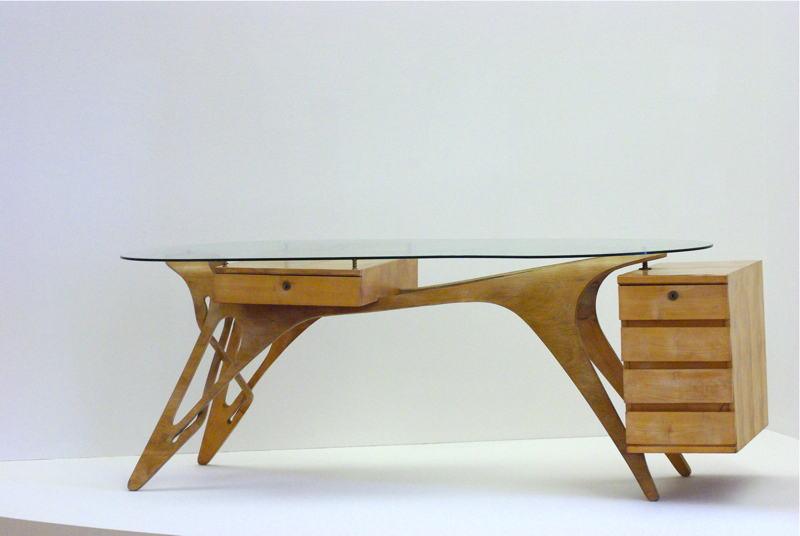
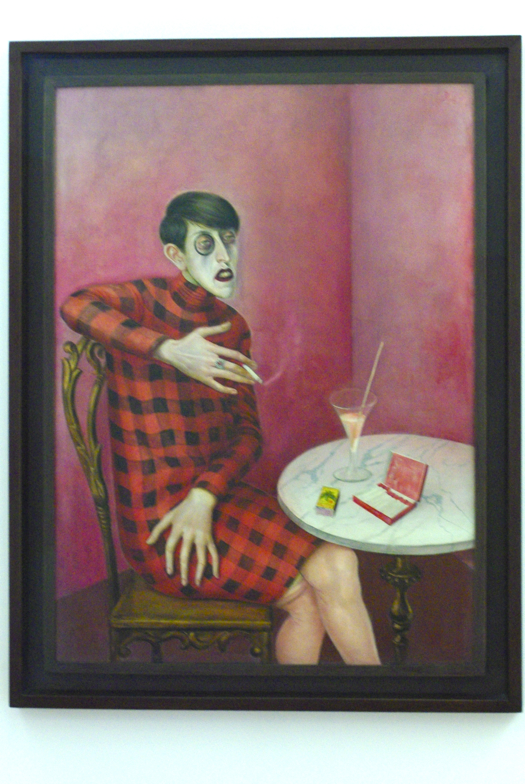

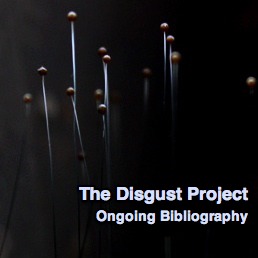
merci pour cette visite; encore un musée où je dois retourner! (avec tes commentaires car je suis ignare dans la matière)
si vous arrivez assez tôt le dimanche 5 nous pourrons aller aux Abattoirs; mais c'est de l'art plus contemporain que moderne. En plus c'est gratuit le 1er dimanche du mois!
Le Pompidou est très amusant même si on est completement ignorant de l'art moderne; comme CB James dit, c'est très "fun." Nous garderons à l'esprit les Abbatoirs!
I shall have to comment in English. I love the Pompidou Center, too. We spent a wonderful afternoon there on our last day in Paris. The view of the city from the top level of the escalator is wonderful.
What I liked most about it is the sense of fun there. They take their art seriously, but the still have a sense of play about it. Many of the displays were interactive, there was even art you could sit on when we went there, and they allow photography. Modern art often has a sense of humor most museums squeeze out their displays.
I agree with you completely about the Pompidou, CB. It's lots of fun—they really succeed in helping the patrons to a sense of exuberance and excitement about art, while at the same time being serious about its importance. So cool!
Your photos are just spectacular. Your trip looks amazing -- sorry it's over so soon. Or it's just the Paris bit that's nearly over? Enjoy yourselves whatever you do.
No, just the Paris part is over! The trip itself goes on for another two weeks. :-) It's been awesome so far.
Tea + modern art sounds like an ideal day. Mm, Mariage Frères - and the Pompidou looks great too. I like your photos lots, especially the first one and the one that shows the Vasarely, Kowalski, and Morellet pieces juxtaposed.
Replace tea with coffee and you just described my absolute most perfect day. Dammit, I'm beginning to hate you! :)
Along with the Josipovici read with the Wolves, I feel like I've just had a real education on modern art. I especially love your observation about how museums arrange their pieces. I don't think I've ever thought of that before but it makes such perfect sense. I am very fortunate that my city has a world-class art museum within walking distance from me and I could spend hours there. I can't even begin to image how long I'd take in a place like Centre Georges Pompidou.
(If you ever hear about a psychedelic art exhibit, go see it! That was my favorite exhibit I've ever seen anywhere.)